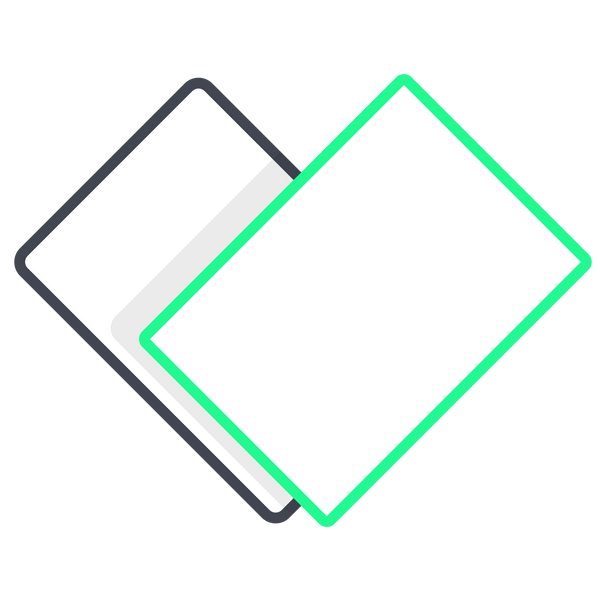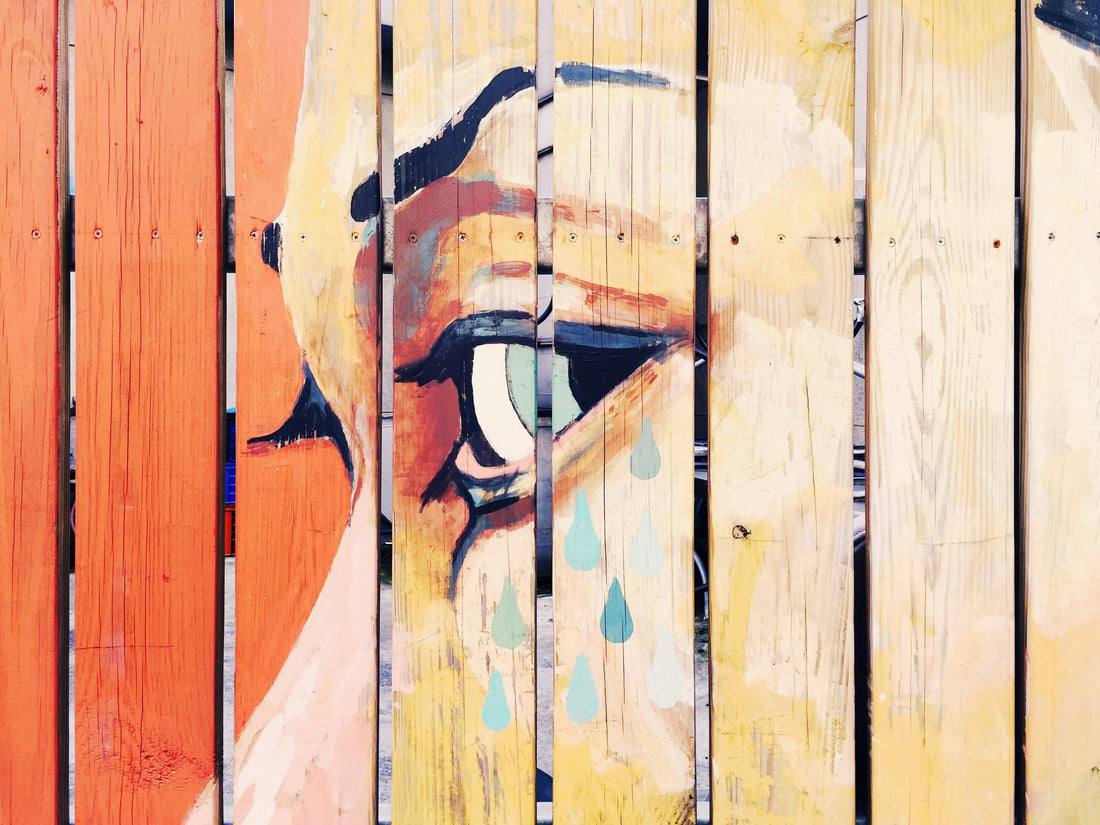Lenticular art is a special way to tell a story through visual images. You can bring still images to life by creating movement, change or depth effects. This way you can create beautiful images that are super cool, but still so accessible. Over the years, with improved printing technologies, lenticular printing has become increasingly beautiful and at the same time more accessible!
This printing technology is loved by artists and viewers alike. In this blog post we delve deeper into the world of lenticular art and explore five types of this special art form.
Lenticular Photography
Lenticular photography is a very beautiful form of lenticular art. It is a mix between traditional photography and lenticular technology. Photographers use it to not only capture still images, but also to make them appear as if they are moving and have depth. You know, that feeling like you're really in the picture!
By making subtle changes between successive images, they can create a kind of magic not normally seen in regular photos. It's like you can travel through time a little while looking at a photo! The nice thing is that every angle you look at reveals a different aspect of the image. It really is an art form that invites you to keep looking and discovering.
Lenticular Painting
Painting can be beautifully combined with lenticular prints. This uses different layers and perspectives to create paintings that change and evolve from different viewing angles. Think of a landscape painting where the sunset changes into a starry sky when you view the painting from left to right. Or a portrait where the expression of the sitter changes as you walk past.
Lenticular painting allows artists to add a sense of movement, depth and change to their works, providing an interactive experience for the viewer. It's as if the painting comes to life! This technique also opens the door to new artistic possibilities, such as creating illusions of movement, showing different scenes within one painting, or even combining painting with other media such as photography.
In short, lenticular painting adds an exciting dimension to traditional painting, making works of art more dynamic and engaging for the audience.
Lenticular Graphic Designs
Lenticular graphic design is like the superhero of graphic design because it uses lenticular technology to bring static images to life. Imagine you have a poster where it looks like the image is moving when you walk past it. Or a flyer in which the text and images change depending on which angle you look from.
And we see this technology all around us! Think of those cool candy packages where the images change when you move the package. Or those party invitations where the date and location seem to float when you tilt the card.
This shape can be used in all kinds of industries, such as advertisements, packaging, flyers, cards and also works of art! It's just a fun and interactive way to convey visual information.
So, if you ever see a flyer or poster that really moves you or makes you discover something new every time you look at it, chances are you're dealing with lenticular graphic designs.
Lenticular Fashion
This is a more exclusive form of lenticular art. You hardly ever see it, but it really exists!
The lenticular prints are applied to clothing and accessories, creating unique visual effects. The normal prints are made of plastic and this is not super flexible, but there are solutions for that nowadays. It is not yet widely used, but a lenticular fabric exists! This is as flexible as the clothing itself and changes appearance as you walk past it.
This way you make clothing extremely unique and dynamic.
Lenticular Film Art
Telling a story with visual elements is a lot easier with a film. This is due to the movements. Lenticular prints allow you to add movement to an image.
Lenticular animations are quite short, so you can't fit an entire movie in them. But it is still a very effective way to tell your story.
A short video is split into separate frames and these are printed lenticular. As you walk past them, these frames together form an animation. Very nice to see!

